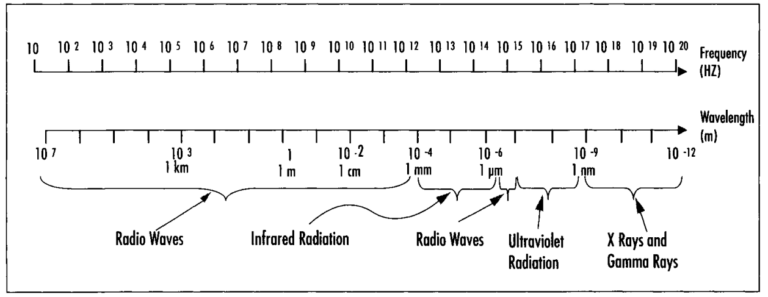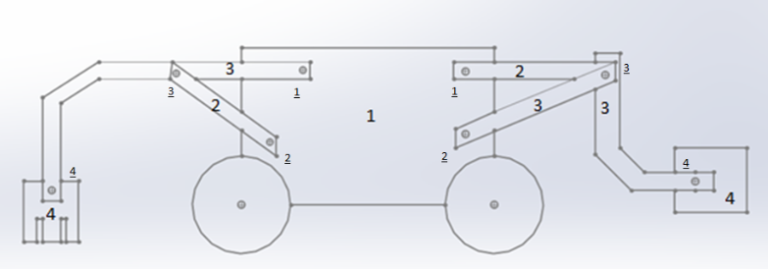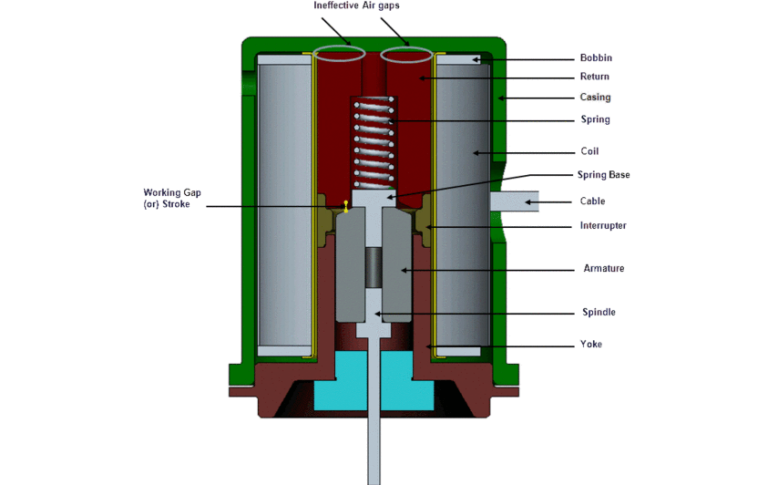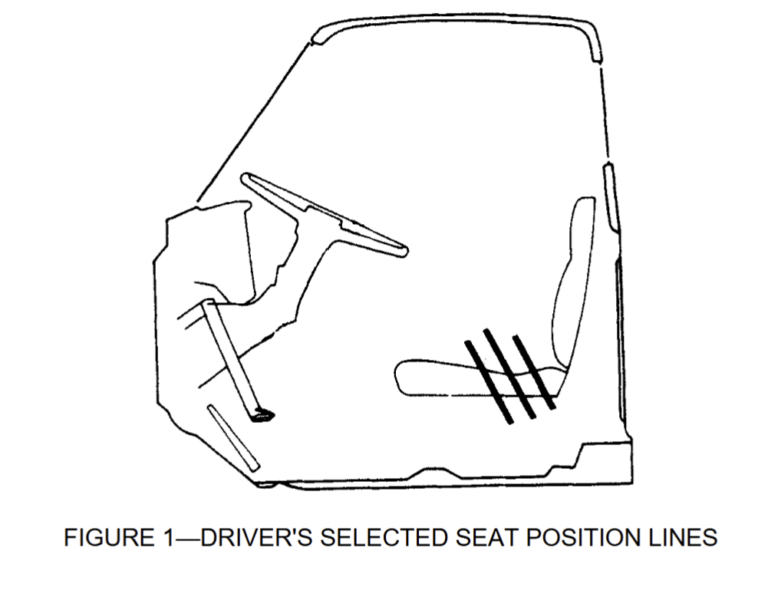Understanding Ray Optics
Ray optics, also known as geometrical optics, is a fundamental area of physics that describes the behavior of light in terms of rays. A ray is essentially an imaginary line that represents the path along which waves travel. This field provides insight into how light interacts with various surfaces and materials. Wave Fronts and Rays…










